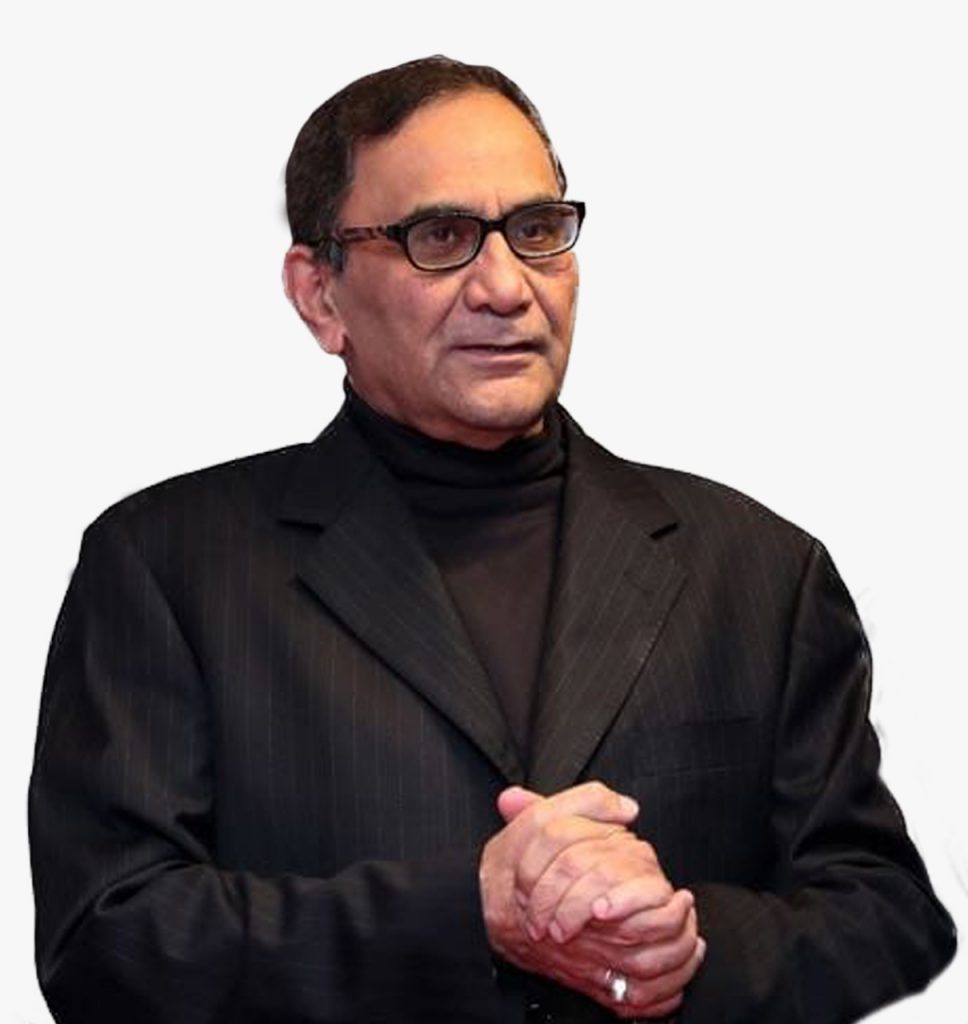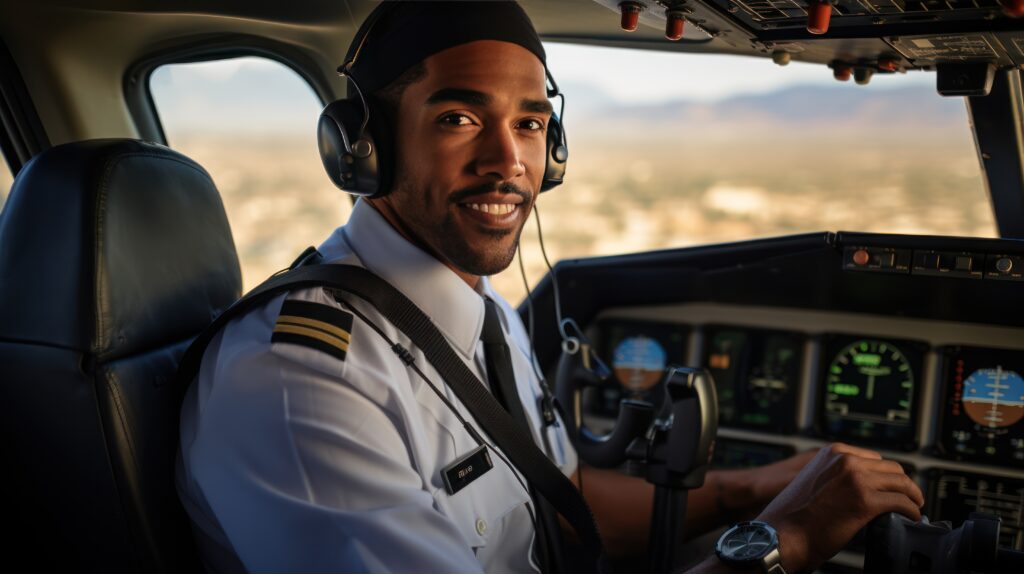By Bikram Vohra

At the very outset, there are two elements that work against commercial pilots right through the nation’s history. The first is a complete lack of empathy or sympathy for their complaint in financial terms. In a nation where the per capita income is less than 8 percent of a captain’s monthly pay packet and 80 million live below the poverty line cavilling over a pay cut to Rs 5 lakhs plus allowances becomes a tough sell. The moral sanctity of the stance is simply lost.
By the same token Indian pilots, be they from the line or management, never really stand together. History has shown that
Having taken the side of the Indian Pilots Guild in 1974 over their 90-day saga and written extensively about them it was sad to see the divisiveness that entered the ranks and broke the spine of the resistance to what was seen as severe managerial cutbacks. The ‘spoilt brat’ label has been a constant. In the seventies the craze for things ‘phoren’ was overwhelming and domestic pressure for goodies running out also played a role in the collapse of that landmark protest. The strike was repeated in 2012 and went on for over two months and in 2010 Air India engineers went on a 57-day hiatus.

The glorified bus driver tag perseveres and lost is the fact that in the hands of this person in one clutch are the lives of 400 plus passengers and crew besides a 300 million dollar aircraft. No other profession has such an awesome and collective responsibility and it is, therefore, logical to quantify the role of a commercial pilot through a different measure.
The current protest in Vistara as it prepares to blend into Air India is predicted to be a cut in salaries from roughly 7200 dollars a month to 5,200 dollars with a limit placed on the number of flights. That nearly 200 pilots who have not yet signed on in acquiescing to the merger are seeing slimmer paychecks is a specific bone of contention.
While Vistara chief Vinod Kannan has downplayed the protest as an inhouse HR issue his failure to reach a solution in talks with the pilots indicates the issues are ‘systemic’ and go way beyond a single airline at war with its management. The fact that Air India pilots have gone beyond mere lip service and literally endorsed the protest does not augur well for a smooth course ahead and further turbulence would not be a surprise.
The other prickly pear that no one is elaborating upon is the stress emanating from rostering pressures. In 2022 much was made of the hi-tech parameters given to rostering. The solution by Jeppesen, a Boeing Company, presumably enabled Vistara to develop effective crew rosters that factored in legal compliance, crew availability, lifestyle choices and adding flexibility through time off and preferred night stops.
It did not matter until now if pilots did 70 flights as was the norm or the new minimum of 40, the difference being there is the pay drop.
Few people are ready to bat for pilots and, yet every day, roughly 100,000 flights take off and land. On average length of a flight is two hours; that would mean that six million people fly somewhere every day cheerfully handing over their safety to a stranger. Put aside prejudice for the jetset life of a pilot as has been glamorously projected and be a little practical. Contrary to the cinematic manipulation of the ‘coffee, tea and me’ syndrome pilots don’t have it easy. Sleep is their primary goal and that includes genuine rest. They must stay in good, constantly sharp condition despite issues at home.
In a Boeing class at Seattle, we were asked as aviation writers, if the death of a pet dog would upset us enough to take a day off from work. A pilot on a flight may not have the same escape option. He may have got the news before captaining a flight. Domestic issues, stress in a marriage, confrontation with progeny, and financial pressures we deal with on land, not at 30,000 feet. So the discipline level has to be far more ingrained. Add to this disturbed sleep patterns, different cuisines at odd times, stomach issues, blood pressure, weight gain and the Huh specter of the annual medical looms. A report by Bartleby Research says, “Stress, a state of highly unpleasant emotional arousal associated variously with overload, fear, anxiety, anger and hostility – can threaten both individual performance and teamwork.’
Yes, aircraft today are very forgiving but accidents are the consequence of a series of little errors…often triggered by mental diversions.
As four stripes on a captain’s sleeve, there are also four areas that are exceptionally valid when it comes to sitting in the left or right bucket.

Commercial pilots are considered a special breed due to the unique skills, responsibilities, and requirements associated with their profession. Here are some reasons why commercial pilots stand out:
1. Commercial pilots undergo rigorous training that includes both classroom instruction and hands-on experience. They must obtain various licenses and certifications, such as a private pilot license, instrument rating, commercial pilot license, and airline transport pilot license. And all have to be updated constantly.
2. They must adhere to a strict set of regulations set by aviation authorities around the world. They must follow procedures for takeoff, landing, and in-flight operations to ensure the safety and security of the aircraft and its occupants. Pilots must also stay up-to-date with the latest regulations and changes in the industry.
3. They must be able to adapt to changing conditions and situations quickly. Weather can change rapidly, and pilots must be prepared to adjust their flight plans accordingly. They must also be able to handle unexpected emergencies and make split-second decisions to ensure the safety of the aircraft and its passengers.
4. The aviation industry is constantly evolving, with new technologies, procedures, and regulations being introduced regularly. Commercial pilots must engage in continuous learning to stay current with industry trends and advancements. They must attend regular training sessions and simulations to hone their skills and knowledge.
Currently, in the case of Vistara, keeping all these factors in mind, one of these issues is with reference to the flight disruptions that are directly linked to strained rostering. While these might be resolved in the next few weeks there is concern that a merger between Vistara and Air India will lead to an overlap in crew and the divisive element of ‘them’ and ‘us’ is most likely to kick in.
With Singapore Airlines having a 21.5 % share in the new setup as opposed to its 49% share in Vistara which also adds a third and foreign dimension to the equation. One report indicates the estimated total pay range for a Pilot at Singapore Airlines is $14K–$26K per month, which includes base salary and additional pay. The average Pilot base salary at Singapore Airlines is $17K per month. Just like when a merger occurs the junior partner that was doing well on its own is now swallowed by the bigger brother. This creates a resentment of its own end is something that will have to be faced when the major is done. One might recall the case of McDonnell Douglas being eaten up by Boeing and the negative fallout from that deal which unfortunately lasted several years and even led to the accusation that Boeing’s levels of functioning have fallen somewhere down the line. It becomes important to take on board the human factor and try to reduce the number of issues on the table.
Bikram Vohra is the Consulting Editor of Indian Aerospace & Defence.





